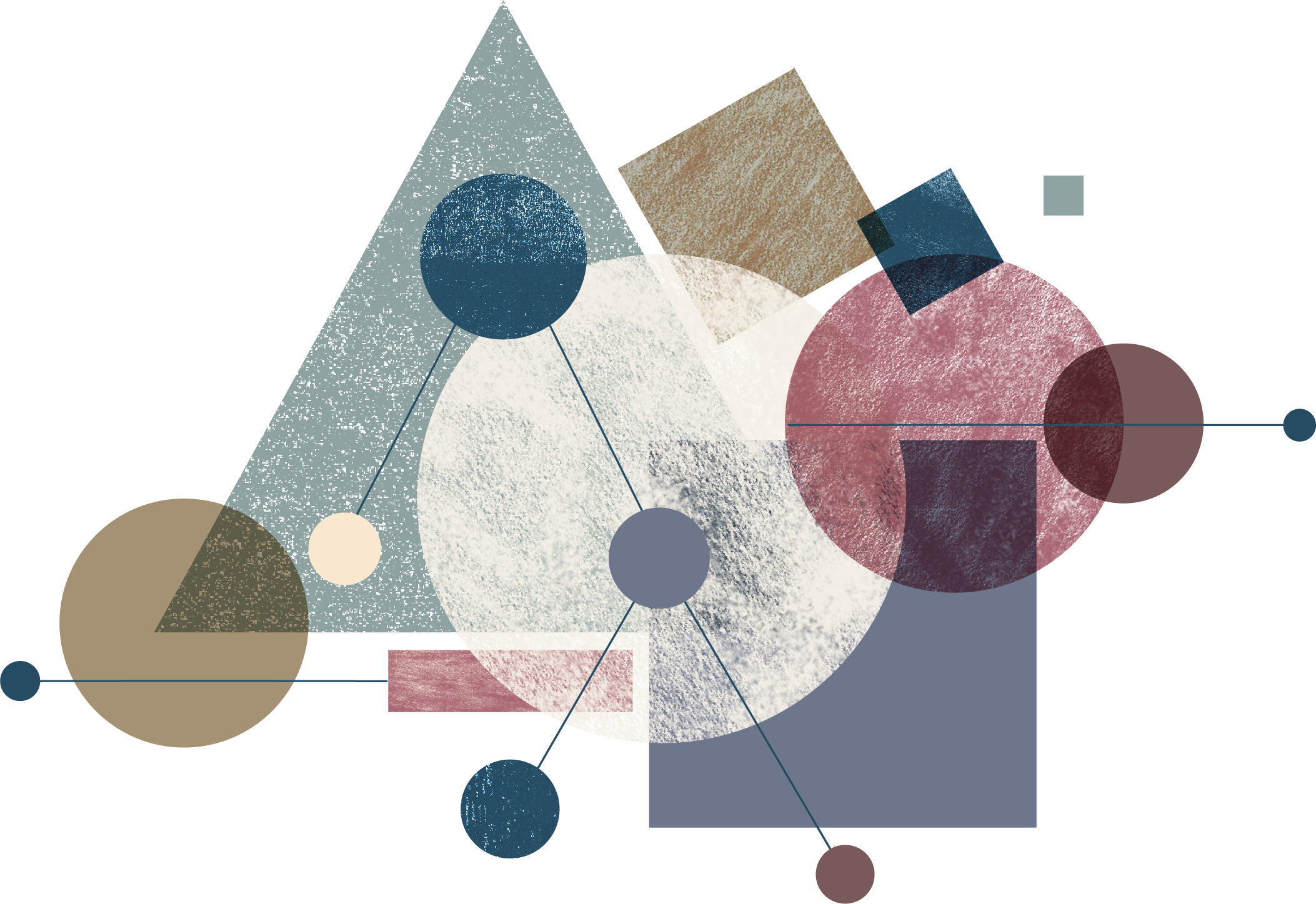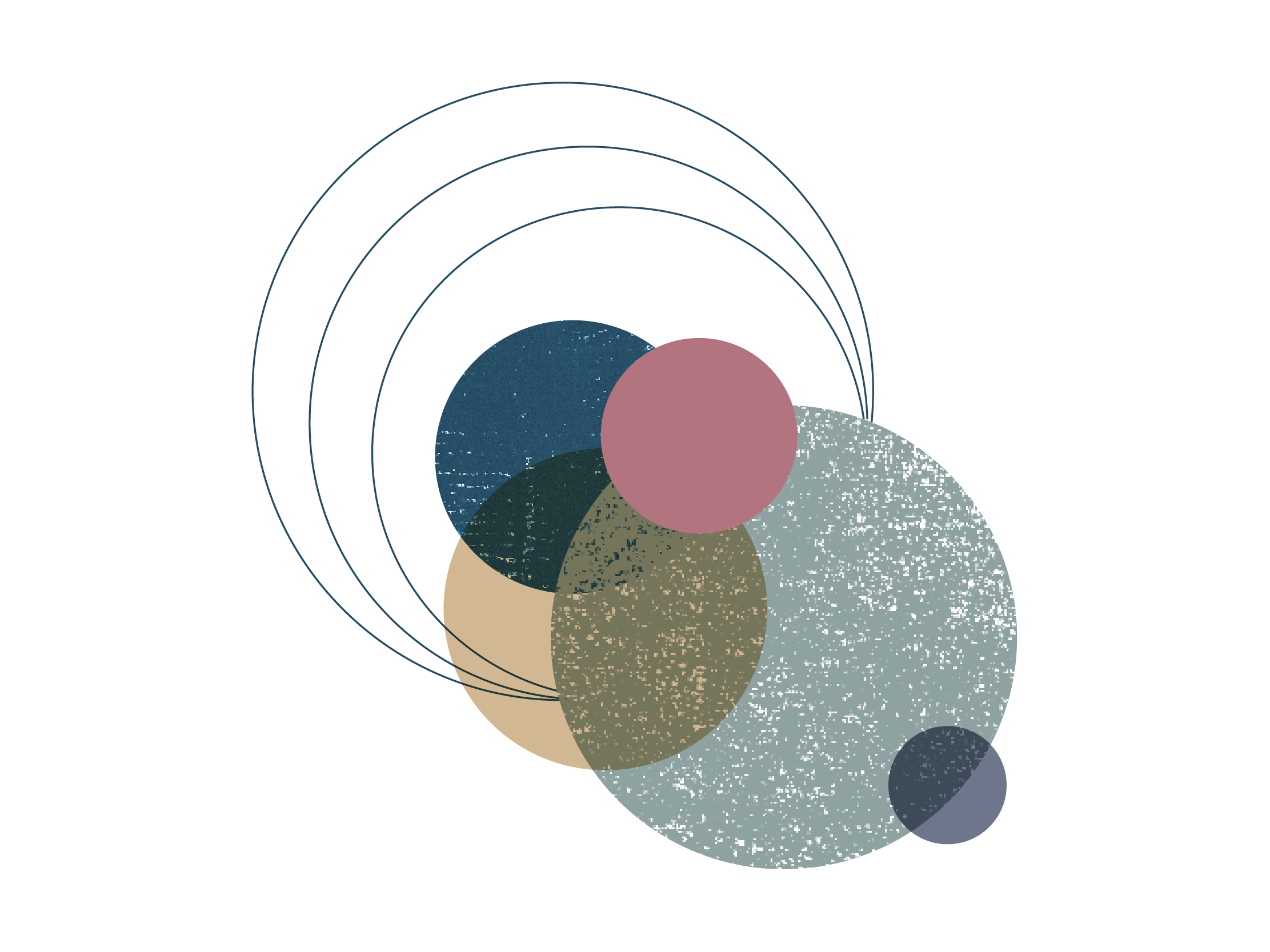
Hello!
Welcome to my webpage where I share some of my results together with some of the newer things I am doing and thinking about
Research
I am interested in the quantum many-body problem, how is it possible that the same constituents atoms, when joined together in different scenarios produce such a beautiful and diverse world? This is a consequence of collective emergence a field of study that is relevant to diverse disciplines such as condensed matter physics (think of superconductors), high energy physics (think of quark confinement), quantum information (think of topological quantum computers) and ultimately quantum gravity (think of the emergence of space and time).

Quantum many-body problem
Our world is beautifully diverse, how does it emerge from the few elementary constituents we know? And what we observe is it all that there can be?

Out of equilibrium dynamics
Everything constantly changes and surprises us. I am trying to figure out how we can describe quantum systems out of equilibrium.

Gauge theories
Three out of the four elementary forces we know are described by gauge theories and I am interested in their general structure.

Tensor networks
We can only describe our world using a huge amount of data. One way to compress and represent these data is through tensor networks, mathematical constructions that adapt to features and correlations of the data we want to describe.

Quantum simulators
Simulating large quantum systems with computers is hard, why not using quantum hardware to help out, I am trying to figure out how and what we can actually simulate with the systems in the lab.
Research
I am interested in the quantum many-body problem, how is it possible that the same constituents atoms, when joined together in different scenarios produce such a beautiful and diverse world? This is a consequence of collective emergence a field of study that is relevant to diverse disciplines such as condensed matter physics (think of superconductors), high energy physics (think of quark confinement), quantum information (think of topological quantum computers) and ultimately quantum gravity (think of the emergence of space and time).

Gauge theories
Three out of the four elementary forces we know are described by gauge theories and I am interested in their general structure.

Out of equilibrium dynamics
Everything constantly changes and surprises us. I am trying to figure out how we can describe quantum systems out of equilibrium.

Quantum simulators
Simulating large quantum systems with computers is hard, why not using quantum hardware to help out, I am trying to figure out how and what we can actually simulate with the systems in the lab.

Tensor networks
We can only describe our world using a huge amount of data. One way to compress and represent these data is through tensor networks, mathematical constructions that adapt to features and correlations of the data we want to describe.

Quantum many-body problem
Our world is beautifully diverse, how does it emerge from the few elementary constituents we know? And what we observe is it all that there can be?

Selected publications
Entanglement renormalization and gauge symmetry
In this article, we propose a variational ansatz for lattice gauge theories' ground state(s) and low energy excitations. This ansatz incorporates the local symmetry in its structure and exploits it to significantly reduce computational costs. Along the way unveil some exciting connections between dualities and unitary circuits as you can check out in the manuscript.
L. Tagliacozzo and G. Vidal
Phys. Rev. B 83, 115127 (2011)
Finite Correlation Length Scaling with Infinite Projected Entangled-Pair States
We identify the presence of a finite correlation length in the optimal iPEPS approximation to Lorentz-invariant critical states which we use to perform a finite correlation length scaling analysis to determine critical exponents. This fact is surprising seen from the lens of the entanglement, as you can read in detail in the paper.
P. Corboz, P. Czarnik, G. Kapteijns, and L. Tagliacozzo
Phys. Rev. X 8, 031031 (2018)
Operator content of entanglement spectra after global quenches in the transverse field Ising chain
We consider the time evolution of the gaps of the entanglement spectrum in finite transverse field Ising chains after sudden quenches of the magnetic field. We provide numerical evidence that, whenever we quench at or across the quantum critical point, the time evolution of the ratios of these gaps allows us to obtain universal information.
J. Surace, L. Tagliacozzo, E. Tonni
Phys. Rev. B 101, 241107 (2020)
Sharing
Small text about the topics that will be discussed in this section. Lorem ipsum dolor sit amet, consectetur adipiscing elit, sed do eiusmod tempor incididunt ut labore et dolore magna aliqua. Ut enim ad minim veniam, quis nostrud exercitation ullamco laboris nisi ut aliquip ex ea commodo consequat.
